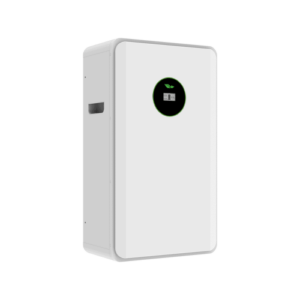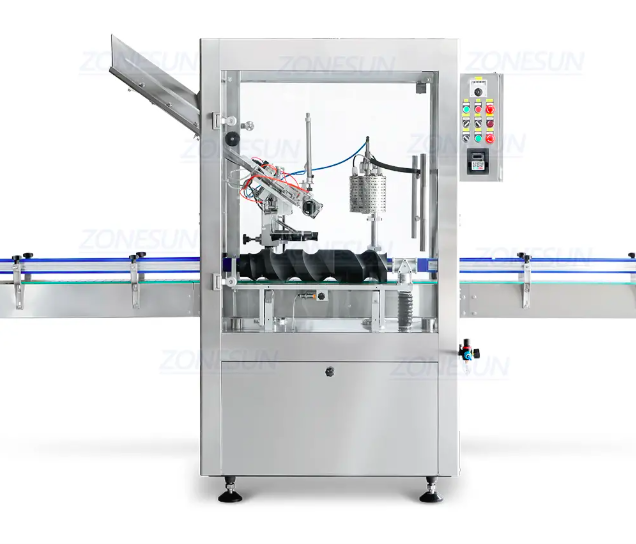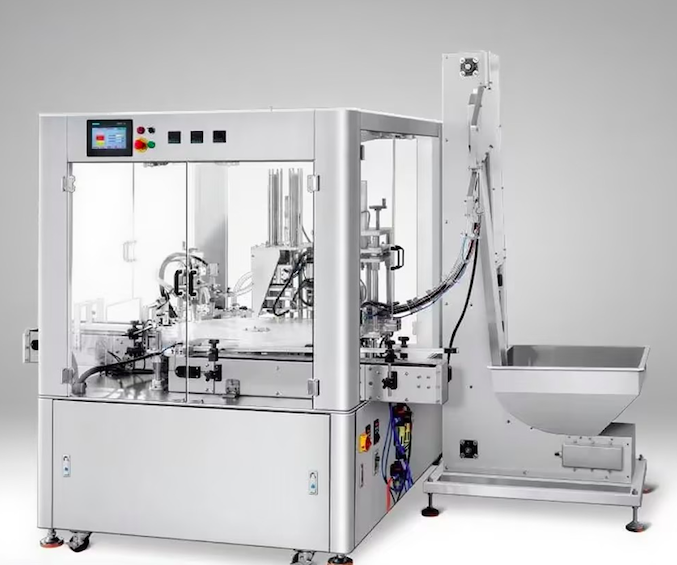When researching lithium iron phosphate (LiFePO4) batteries for a future project or use, you've probably heard a lot of talk about "cycle life." One of the main characteristics that sets LiFePO4 batteries apart from other lithium-ion alternatives is this word. Making the optimal decision for long-term efficiency and cost-effectiveness requires an understanding of cycle life and how it affects battery performance over time.
Cycle Life definition
The term "cycle life" describes how many full cycles of charging and discharging a battery can withstand before its capacity drops to a specific proportion of its initial value, usually about 80%. Cycle life is a strong suit for LiFePO4 batteries.
LiFePO4 batteries are known to live much longer—often thousands of cycles (2000 to 4000)—than other kinds of lithium-ion batteries. Their extended cycle life makes them perfect for uses like solar energy storage, electric cars, and backup power systems, where durability and dependability are crucial.

How To Maximize the Cycle Life of Your LiFePO4 Battery
There are a few essential procedures to follow if you want to maximize the performance of your LiFePO4 battery:
1. Avoid Deep Discharge
Aim to avoid draining the battery with each cycle. Using only 80% or even 50% of the battery's capacity each cycle can achieve longer battery life.
2. Control the Temperature
The optimal operating temperature for LiFePO4 batteries is moderate. Avoid extremely hot or cold temperatures, as these can hasten wear. If your battery is being used in a high-demand application, make sure it has enough airflow.
3. Use a Compatible Charger
Discharging and charging are equally crucial. Maintaining appropriate charge rates and extending the cycle life of LiFePO4 batteries can be achieved by using a charger made especially for them. Fast charging can cause extra heat and damage the cells, so avoid it unless required.
4. Store at Partial Charge for Long Periods
Store the battery at about 50% charge if you won't use it for an extended period. This preserves capacity and lessens strain on the battery's cells.
Applications Where Long Cycle Life Matters
LiFePO4 is a well-liked option for situations where batteries are cycled frequently due to its remarkable cycle life. Here are a few instances where this extended life is very beneficial:
Solar Energy Systems
Long cycle life is essential in off-grid solar systems since batteries frequently go through a full cycle daily.
Electric Vehicles (EVs)
EVs need dependable, long-lasting batteries that don't need to be changed too often.
Lifepo4 cycle life can support years of daily driving.
Backup Power System
Batteries in a UPS (uninterruptible power supply) or backup power system must withstand frequent use and sporadic cycling without degrading.
Conclusion
The main goals of LiFePO4 batteries are stability, dependability, and longevity. You can get the most out of your LiFePO4 battery by being aware of its cycle life and adhering to recommended practices. This battery's long cycle life may save you time, money, and trouble, whether you're using it for an electric car, solar setup, or backup power system. Therefore, consider the LiFePO4 battery if you require a reliable power supply that can withstand repeated use. Its extended lifespan can be precisely what your project needs.
0 







